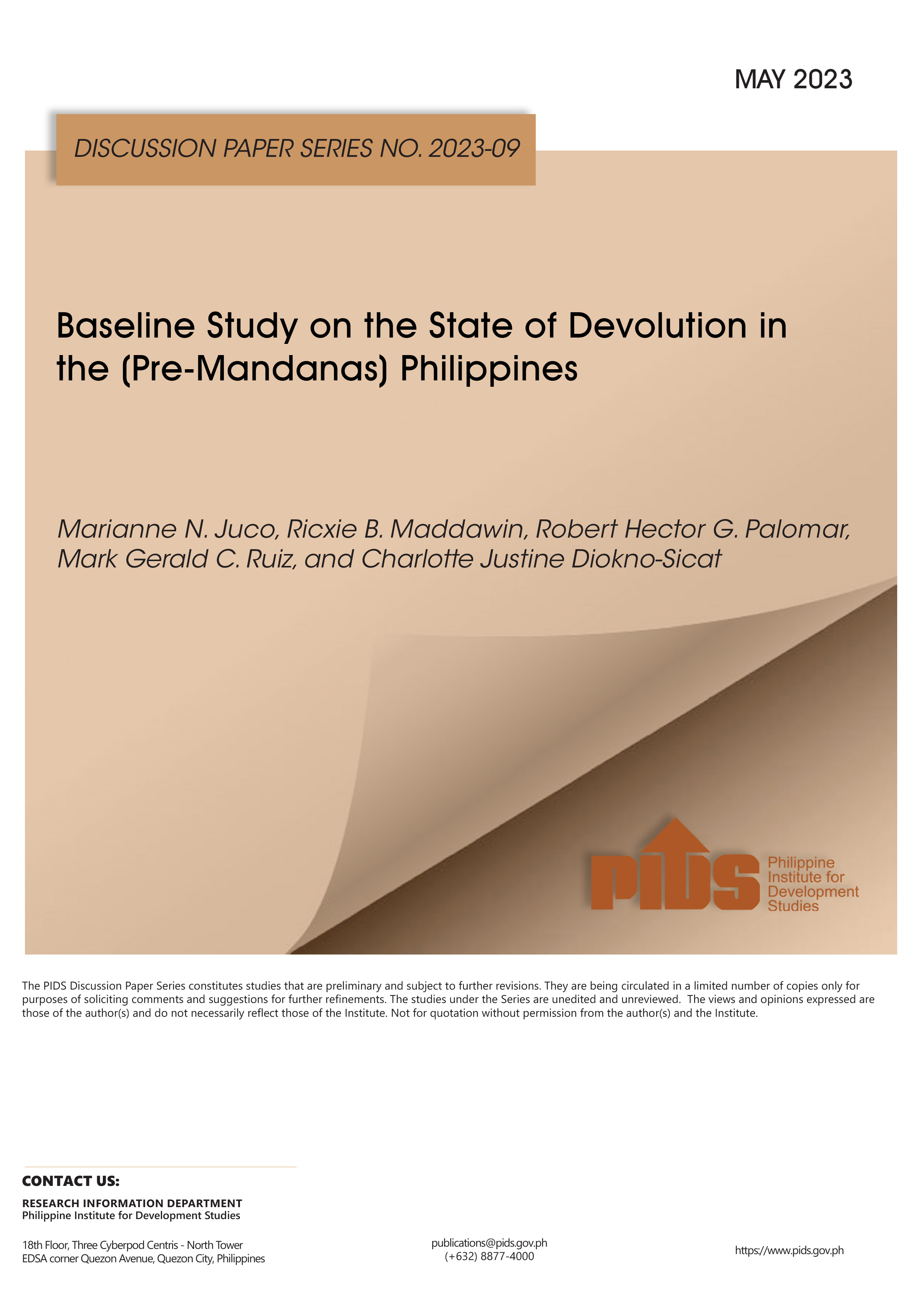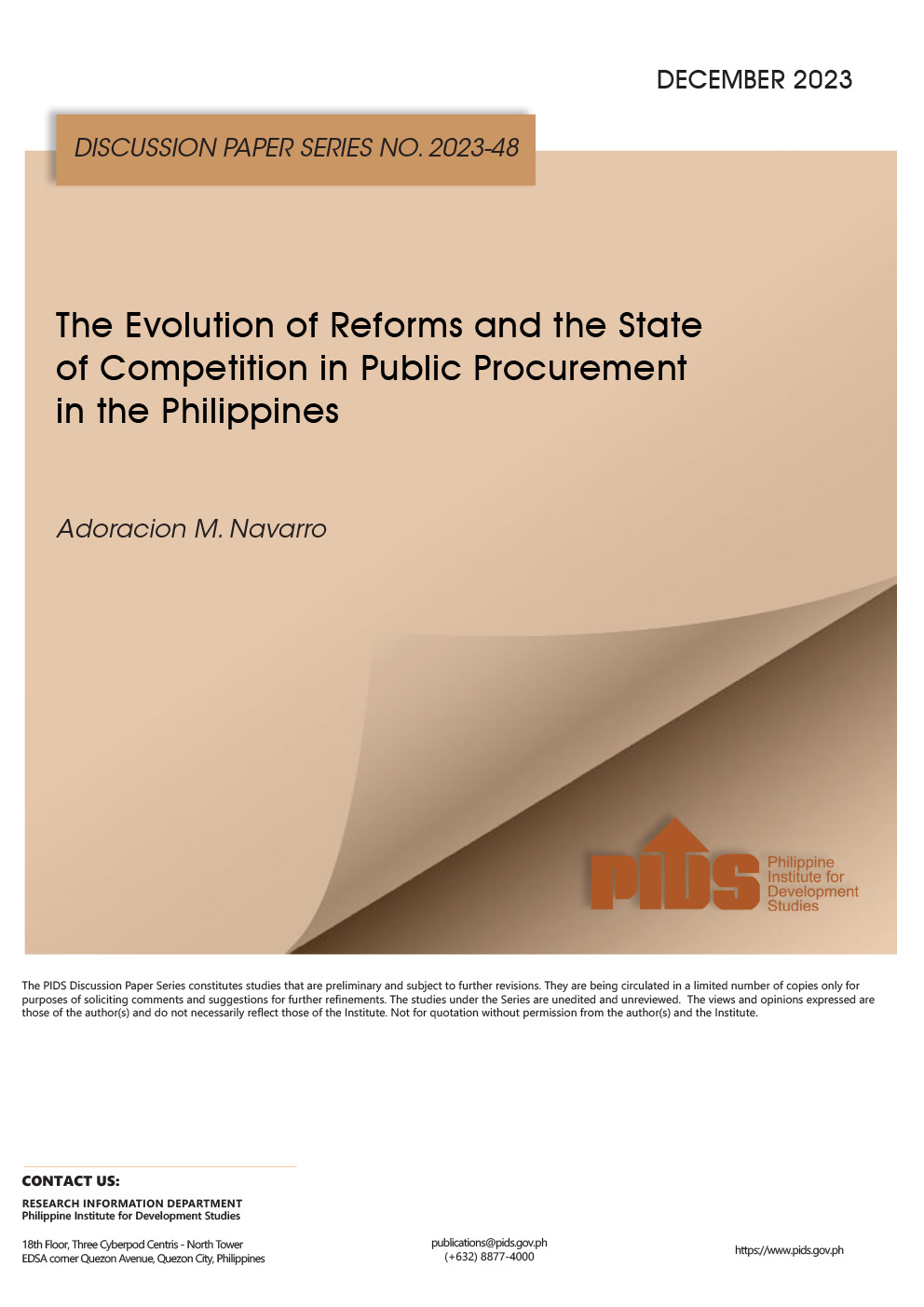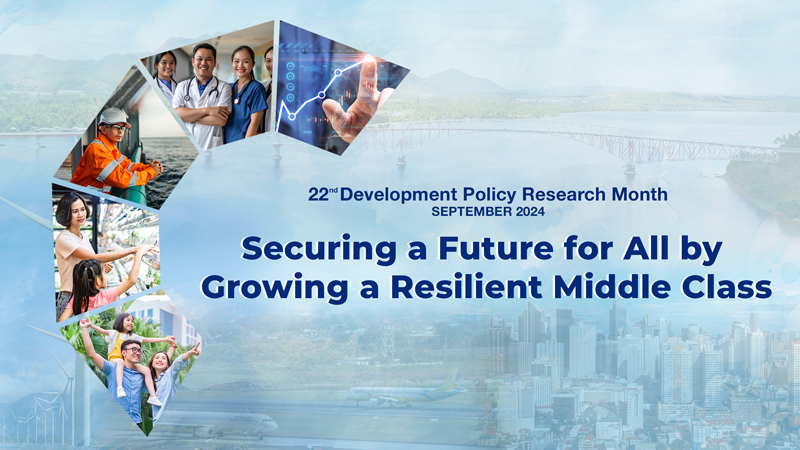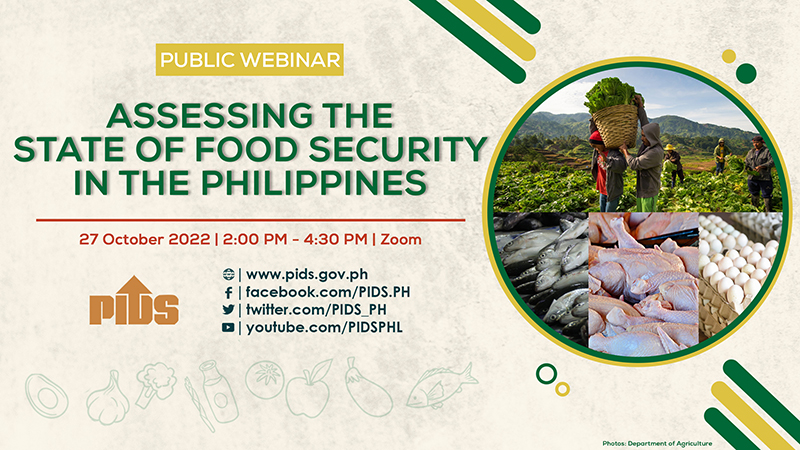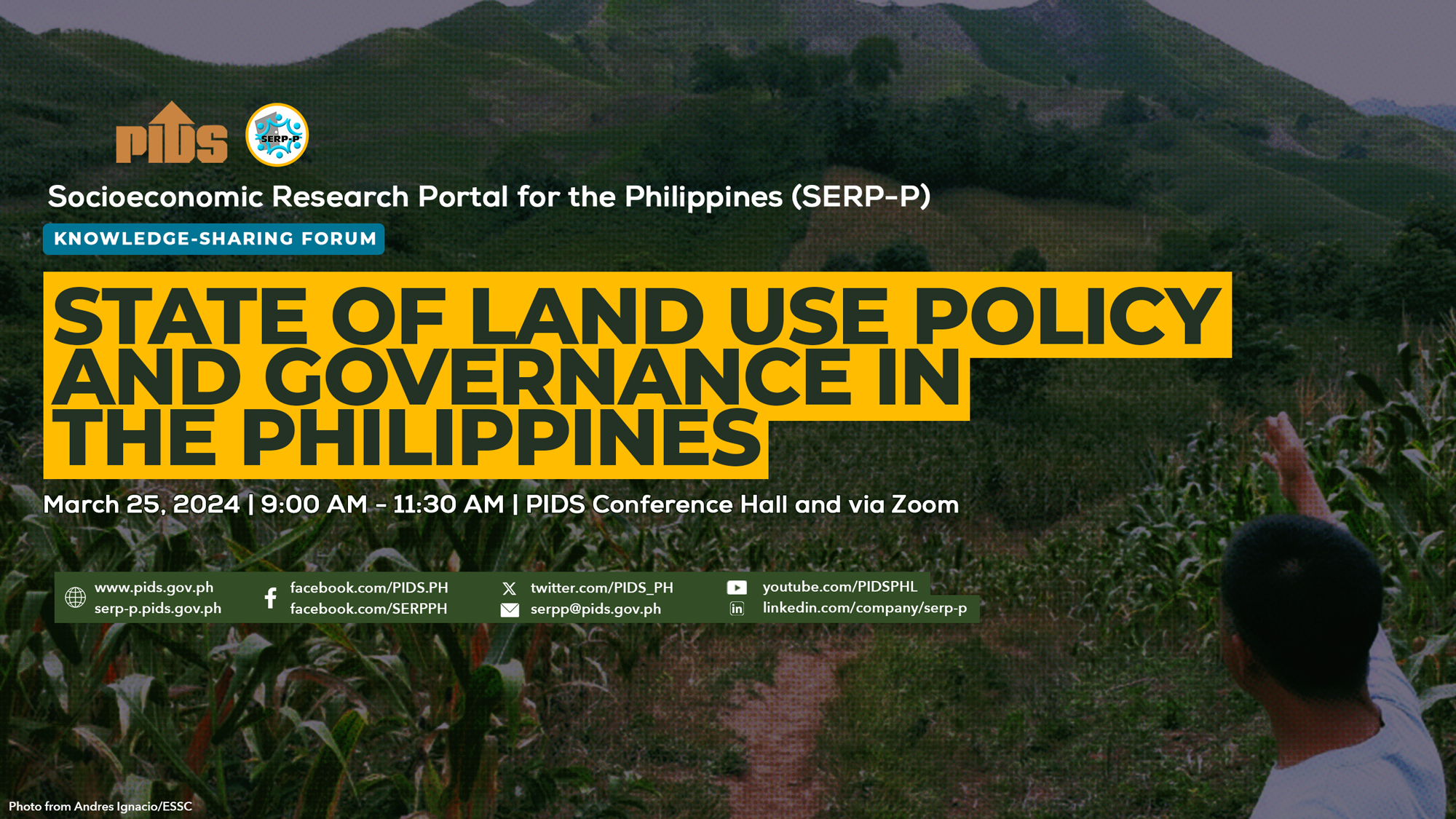What would be crucial is for government to adopt long-term targets, so that empirical performance of governments may be compared across time in relation to these long term targets
Last July 27, PNoy delivered his final and longest State of the Nation Address (SONA).
Consistent with his previous SONAs, he reviewed the starting conditions of his administration. He gave a long list of government’s accomplishments in socio-economic conditions, aside from thanks to a long list of people, from most of his past and present cabinet secretaries, to his security group, all the way to his helper, stylist and hairdresser.
He also took the occasion to highlight the government’s investments in social programs (increasing coverage for Philhealth, and beneficiaries of the conditional cash transfer program which considerably reduced the proportion and number of Out-of-School Children aged 5 to 15 years old), among others.
As in previous SONAs not only of the current President but also of previous presidents, allies of the current administration would generally sing praises about the speech, but questions are always brought up, even about the accuracy of statistics mentioned.
For instance, while Pnoy cited the rising statistics on foreign investments in the country but others pointed out that these investments still look pale compared to those in other neighboring countries. But why would a foreign investor come to a country in this day and age, if wifi in the country is expensive and second slowest in Asia (next only to Afghanistan), if airports and other infrastructure are poorly maintained?
However, that investments are still rising suggest that we may be offering something that others may not be offering. That we can speak English quite well may be part of that advantage, yet can we sustain this competitiveness when neighbors are also making investments to learn English? The VP, who now is the de facto opposition leader, delivered belatedly his own True SONA, with its own litany but of failures of government. What was a bit surprising was one of those allied with the administration gave a critical assessment of the government’s performance after Pnoy’s SONA.
Isn’t it possible though for future presidents to provide a more comprehensive picture of both successes and challenges based on what government aimed for, with statistics that describe our performance in meeting or missing specific targets?
In the international arena, the UN secretary-general has since 2001 been giving an annual synthesis report on how the world fares in the Millennium Development Goals (MDGs) and its targets, guided by statistics, with the last report defining the post 2015 development agenda.
Statistical Indicators on development
A decade ago, the then National Statistical Coordination Board (NSCB), which was consolidated with other statistics agencies into the Philippine Statistics Authority (PSA) last 2013, started a statistical indicator system to monitor the results matrix, i.e., targeted outcomes for attaining economic and social development goals in the Philippine Development Plan (PDP).
The indicator system is called the Statistical Indicators of Philippine Development, otherwise known as StatDev. The first edition of StatDev, i.e. 2004 StatDev, was released in July 2005.
The StatDev framework is congruent with the current PDP, and is revised each time a new PDP is formulated. The StatDev owes its roots to work by NSCB Technical Staff in the then Statistical Coordination Office (SCO) of the National Economic and Development Agency (NEDA), which established a statistical monitoring system through the Economic and Social Impact Analysis Women in Development (ESIAlWID) Project- Macro Component. The objective of this project component was to develop, maintain, and institutionalize the operation of a system of macro-level indicators for measuring and monitoring the degree of achievement of the economic and social development goals set forth in the then Long-Term and Medium-Term Development Plans of the country.
The StatDev, continued by the PSA, serves as a briefer on the actual State of the Nation, based on indicators set forth in the PDP results matrix, assuming that these indicators are genuinely reflective of the current conditions of the country. In consequence, StatDev could be used as an effective evaluation instrument of the performance of the government in relation to its socio-economic plans, developed at the onset of the government. The palace is actually aware of the StatDev as this is traditionally released at the first week of July to provide inputs for the SONA.
The grading system of indicators in StatDev is categorized into three levels of performance according to the estimated probability of meeting the PDP target — good (high probability), average (medium probability) and poor (low probability).
Among the 151 indicators of StatDev 2014, 63 of which are in good standing, 32 show middling performance and 56 show poor (see Table 1). This shows that government has had a mix of successes and challenges in their targets.
The StatDev indicators, however, cannot be considered equal in relevance.
For instance, the indicators for agriculture and fisheries on subsistence incidence among population, yield of palay, and yield of tomatoes are not of the same importance to national development.
An indicator for the macroeconomy, inflation rate, is also surely viewed by everyone to have a larger impact than TVET certification rate, an indicatoridentifiedfor social development. Hence, one has to go beyond the summary statistics in Table 1 and look through the indicators and sectoral chapters of the PDP to carefully arrive at a deeper examination of the country’s conditions relative to development goals and targets.
Macroeconomy and social development
As regards the macroeconomy, the total number of STATDEV indicators that registered a good performance (6) outnumbers hose that had a poor performance (3). Similarly, for social development, good (7) indicators outnumber average (1) and poor (5). This seems consistent with what we observe on the ground.
In the 2010-2014 period, we have had economic growth averaging 6.3% (although historical trends suggest that government may not hit its 2016 PDP target), a low inflation rate, and a low unemployment rate. All of these outstanding economic indicators undoubtedly led to improved credit ratings for the country from Fitch, Moody’s and S&P.
However, the lack of changes in poverty incidence (i.e. the proportion of poor Filipinos) shows that economic growth is far from being inclusive, and that much has to be done to improve income distribution, to bring the poor beyond the poverty line, and to make the middle class bigger and stronger.
The high levels of income inequality undoubtedly are barriers to shared prosperity, equality of opportunities, and sustained economic growth that will be necessary for future poverty reduction.
In the arena of social development, the net enrollment ratio in primary education, i.e. the proportion of primary age children in primary school, is regressing, but in fairness to the government, starting conditions were quite high in the baseline.
There are diminishing returns to improvements or to maintaining a good standing when one starts from a high base. In practice, trying to achieve universal primary education should only have a reasonable target of 95%, but the PDP target was extremely ambitious. The PDP target for this indicator also failed to recognize data issues, i.e. that this ratio is based on two indicators, the number of primary aged students in primary school (sourced from DepED), and the number of primary aged students (sourced from the PSA’s projection of the school age population for primary education). There are likely inaccuracies in estimating both the numerator and the denominator for the net enrollment rate that explain why this indicator is regressing.
The number of poor household beneficiaries covered in the Conditional Cash Transfer (CCT) has significantly grown over the years, consistent with what the President mentioned in the SONA as this government considered the CCT as its flagship social protection program.
By 2012, the number of CCT beneficiaries has already exceeded the targeted 2.9 million poor households with the 3.12 million households covered. While there are clear costs to the CCT (a very huge budget), the CCT benefits outweigh the costs considerably, especially given their initial returns: a decrease in the proportion of children aged 5 to 15 who are out of school from 11.7 percent in 2008 to 5.21 percent in 2013.
Many social protection experts expect that the major impacts of CCT on poverty reduction are to be felt in years to come.
The increase in employment generated by the current administration has surpassed its PDP target even as early as 2011, with the industry and service sectors having contributed to employment growth. The country’s unemployment rate has been reduced to 6.4 percent in the first quarter of 2015 from 7% a year earlier, with underemployment also reducing to 17.8% from 18.2% in the same period in 2014. .
Infrastructure development
Of the 39 STATDEV indicators on infrastructure development, a quarter (10) are average, and nearly two fifths (15) are good, and the number of good indicators is practically as many as the number of poor indicators (14).
An issue that has hounded the government is the poor state of infrastructure in the country.
Aside from noticing slow increments in road density and unstable access to potable water, we can readily note that transportation in Metro Manila is a big headache, both the rail systems and traffic.
The Metro Rail Transit (MRT) and Light Rail Transit (LRT) have been heavily discussed in social media. Ironically, the President praised the Department of Transportation and Communications (DOTC), particularly its Secretary for valiantly doing his best given the main constraints. The President shifted responsibility to the MRT Corporation (MRTC) for the MRT woes. Ultimately, though the buck has to stop on the doors of government. The public demands a solution to the heightening cases of breakdowns, derailments, and train collisions.
Ironically, though, the StatDev indicators on rail transport development paint a rosy picture of rail transport (see Table 4). Here, we see that the choice of PDP indicators matters.
The rising annual ridership of train passengers is certainly important for revenue generation. But more ridership has not translated into better rail transport services through increased funds for operation and maintenance.
If we examine 2010-2013 data on actual costs for operation and maintenance, we see that these costs have actually shrunk relative to the gross revenue generated, thus yielding high ratios (see Table 4). Moreover, DOTC Sec. Abaya previously admitted that the further increases in income received from a recent fare hike merely serves as payment to MRTC under the build-lease-transfer agreement.
Senator Grace Poe, one of a few public officials who queued up to ride the MRT without fanfare and who got admiration from netizens for this act, said in an interview that mass transport issues need to be prioritized. She added that the numerous accomplishments of PNoy are being overshadowed by the problematic transportation system in Metro Manila.
For five years, the administration has been unable to fully execute improvements in the mass transit system, and in traffic conditions. The traffic congestion in the Metro has been taking its toll on workers and businesses.
The Japan International Cooperation Agency (JICA) already warned government about the daily cost of traffic in the amount of P2.4 billion in 2012, notwithstanding frustrations of people caught in traffic. Many people prefer using the MRT/LRT to escape traffic, but how many of the trains are working?
If there are too few, when will we get new trains? The President suggested during the SONA that new trains are on their way, but that assumes that the systems for the new trains are compatible, and this will still need testing. In the meantime, we wait. No wonder why the MRT/LRT has become an issue for 2016. Some have suggested that they will vote for someone, for anyone who will just make the MRT/LRT trains work.
Comparing current and past governments
The six previous SONAs were crawling with taunts against the former administration, especially former President Gloria Macapagal Arroyo (PGMA). Some suggest that this was necessary to reflect on starting conditions, but others opine that current government needs to take responsibility for its failures rather than harp on the past.
In lieu of this difference in opinions, one might ask whether there would be ways of making evidence-based comparisons. Unfortunately, if StatDev were to be used as a means of comparing the current and immediate past administration, the examination is rather limited to a few indicators, in large part because of different thrusts in the PDP of these governments.
Unfortunately, even this comparison of indicators may not be fair to either PGMA or Pnoy as starting conditions for both their governments are different and these starting conditions influence targets, and ultimately the probability of hitting the PDP targets.
What would be crucial is for government to adopt long-term targets (similar to the SDGs), so that empirical performance of governments may be compared across time in relation to these long term targets.
PNoy said in his final SONA, "Simula pa lang ito,” recognizing that there is still an unfinished agenda as there are some Filipinos who are being left behind.
The President had a final salvo about initiating an anti-dynasty bill. This bill will most certainly be another legislative landmark that will be added to the RH law, the revised sin tax law, the Competition Act, and the amended Cabotage Law.
The latter two legislations are clearly going to change the business landscape. The anti-dynasty bill, if passed by Congress and signed into law, will also provide more inclusivity in the political arena.
We cannot expect inclusive growth and development if we do not work on changing structures in business and politics that will likewise make them more inclusive.
Government, the private sector and the entire country will need to work in close partnership, examining both our gains and failures in the past, if we are to build a better future, and that future starts today. — Rappler.com
Dr. Jose Ramon "Toots" Albert is a professional statistician. He is a Senior Research Fellow of the government’s think tank Philippine Institute for Development Studies(PIDS), and the president of the country’s professional society of data producers, users and analysts, the Philippine Statistical Association, Inc. for 2014-2015. He is also a member of the Armed Forces of the Philippines’ Multi-sectoral Governance Council.
Martin Joseph M. Raymundo is a Research Analyst at the Philippine Institute for Development Studies (PIDS). He received a bachelor’s degree in Development Studies from the University of the Philippines Manila in 2014, where he graduated cum laude.
Is there an objective way to assess the State of the Nation?

